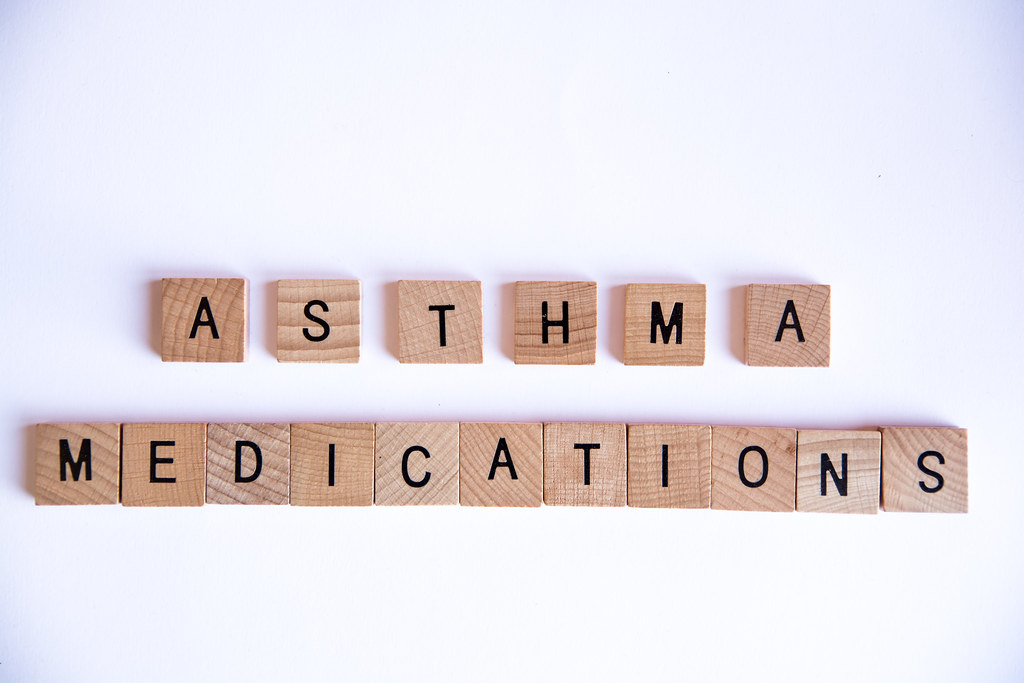This article titled “Exercise Tips for Children with Asthma” is part of a comprehensive collection of health-related content specifically tailored for kids. Covering a wide range of topics including anxiety, bedwetting, chickenpox, dental care, and obesity, this content serves as an informative guide for parents and caregivers. Within this vast array of information, one particular focus is given to exercise tips for children with asthma. Recognizing the unique challenges faced by children with this condition, the article offers practical advice and strategies to promote physical activity while managing asthma symptoms. In addition to the wealth of knowledge provided, readers also have access to a symptom checker and a health service finder tool, ensuring they have the resources needed to care for their child’s health effectively.
Exercise Tips for Children with Asthma
Asthma is a chronic respiratory condition that affects millions of children worldwide. It can cause inflammation and narrowing of the airways, leading to symptoms such as wheezing, coughing, and shortness of breath. While exercise is important for the overall health and well-being of children, it can sometimes trigger asthma symptoms. However, with proper guidance and precautions, children with asthma can still enjoy the benefits of regular physical activity. This article will provide comprehensive exercise tips for children with asthma, covering everything from understanding asthma in children to ensuring proper hydration.
Understanding Asthma in Children
Overview of Asthma
Asthma is a chronic disease characterized by recurrent episodes of wheezing, breathlessness, chest tightness, and coughing. It is caused by a combination of genetic and environmental factors, and it often starts in childhood. In children with asthma, the airways become inflamed and sensitive, making them more prone to asthma attacks triggered by various factors.
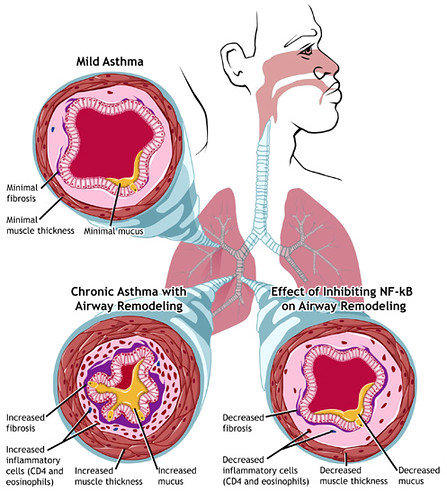
Common Symptoms in Children
The symptoms of asthma in children may vary, but the most common ones include wheezing (a whistling sound when breathing), coughing (especially at night or during exercise), chest tightness, and shortness of breath. These symptoms can range from mild to severe and may fluctuate over time.
Effects of Exercise on Asthma
Exercise can be a potential trigger for asthma symptoms in children. During physical activity, children breathe faster and deeper, which can lead to the narrowing of the airways and cause asthma symptoms to flare up. However, regular exercise can also improve lung function and overall fitness, making it an essential component of asthma management.
Benefits of Exercise for Children with Asthma
Contrary to popular belief, children with asthma should not be discouraged from participating in physical activity. In fact, regular exercise can bring numerous benefits, including improved lung function, better cardiovascular health, enhanced endurance, stronger muscles, and improved overall well-being. Engaging in appropriate exercises can also help children with asthma develop better control of their symptoms and reduce the risk of asthma attacks.
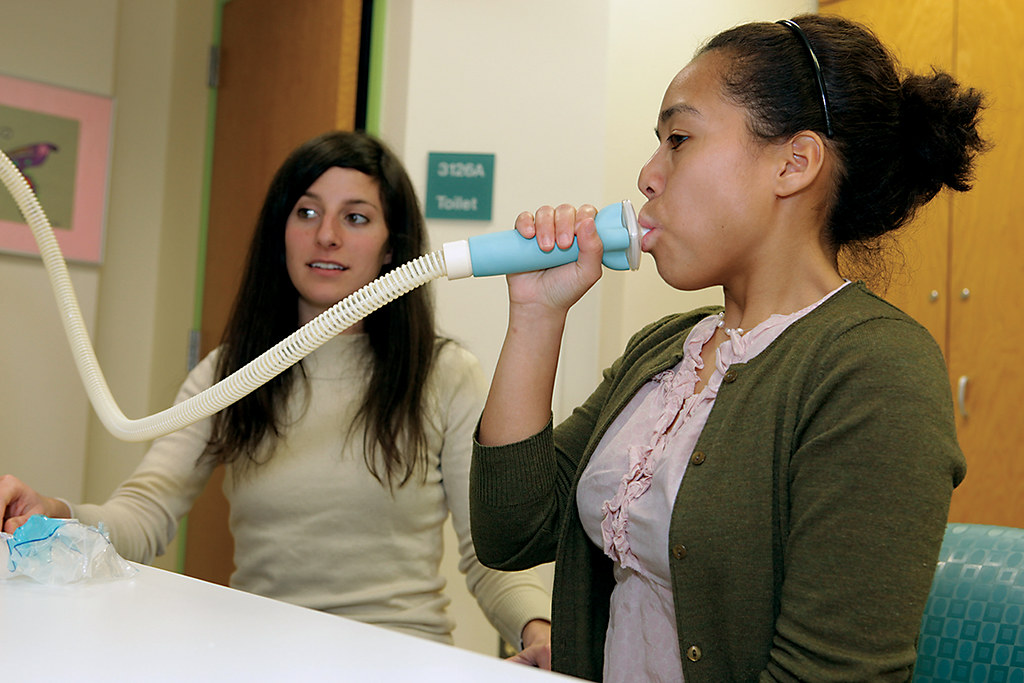
Consulting a Healthcare Professional
Importance of Medical Evaluation
Before starting any exercise program, it is crucial for children with asthma to undergo a thorough medical evaluation. This evaluation will help determine the severity of their asthma, identify potential triggers, and assess their overall fitness level. It is important to consult with a healthcare professional, such as a pediatrician or allergist, who specializes in asthma management.
Discussing Exercise Plans
Once medical evaluation is completed, it is essential to discuss exercise plans with the healthcare professional. They can provide valuable guidance on the types of exercises that are suitable for the child’s condition, as well as any necessary modifications or precautions to take. It is important to have a clear understanding of the child’s exercise limitations and how to manage their asthma symptoms during physical activity.
Getting Proper Asthma Management Advice
In addition to exercise-specific guidance, healthcare professionals can provide valuable advice on managing asthma in general. They can prescribe proper medication and recommend techniques for using inhalers effectively. They can also educate both the child and their parents or caregivers on asthma triggers, symptom control, and emergency response in case of an asthma attack.
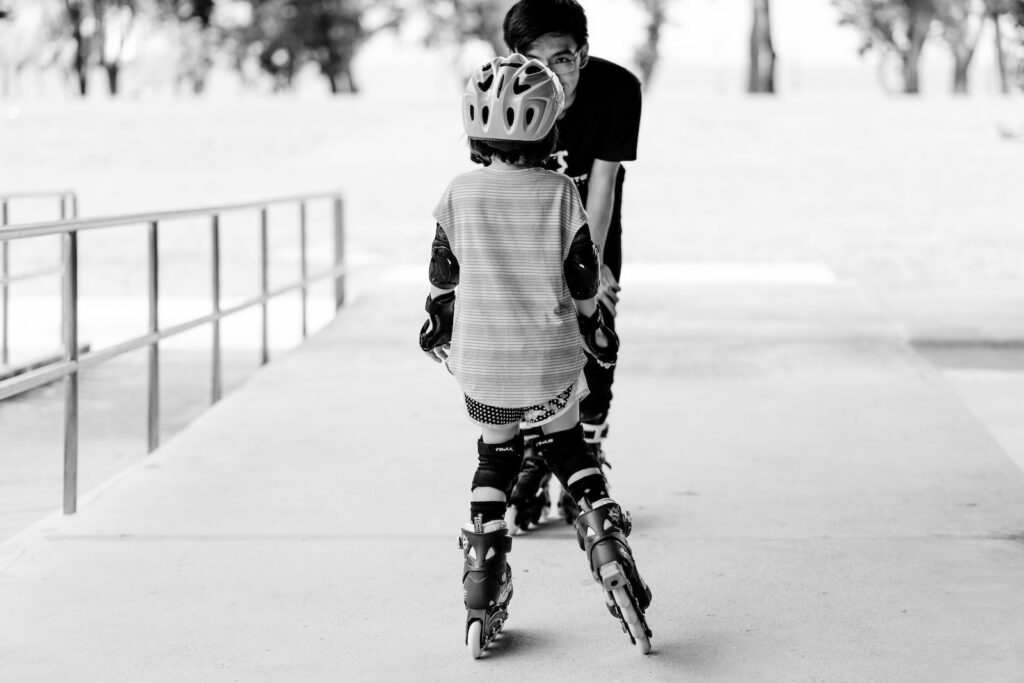
Choosing Appropriate Exercises
Low-impact Aerobic Exercises
Low-impact aerobic exercises are typically the best option for children with asthma. These exercises involve continuous movements that increase heart rate and breathing, but without putting excessive stress on the joints. Examples of low-impact aerobic exercises suitable for children with asthma include walking, biking, and using an elliptical machine.
Benefits of Swimming
Swimming is considered one of the best exercises for children with asthma. The warm and humid environment of indoor swimming pools can help prevent asthma symptoms from being triggered. Swimming also strengthens the respiratory muscles and improves lung function. However, it is important to monitor chlorine levels in pools, as high levels can potentially worsen asthma symptoms.
Exploring Sports Options
Children with asthma should not be limited to low-impact exercises only. Many sports can still be enjoyed, as long as proper precautions are taken. Sports that involve short bursts of intense activity, such as baseball, gymnastics, and martial arts, can be suitable for children with asthma. It is important to work with coaches and trainers who are aware of the child’s condition and can provide necessary support and accommodations.
Avoiding Triggering Activities
Certain activities may trigger asthma symptoms more than others. It is recommended to avoid activities that involve prolonged exposure to cold, dry air, such as ice hockey or skiing. Also, activities that require continuous running or jogging may be more challenging for children with asthma. It is important to listen to the child’s body and modify activities accordingly.
Incorporating Strength Training
Strength training exercises can also be beneficial for children with asthma. Building muscle strength can improve overall fitness and help reduce the workload on the respiratory system during physical activity. However, it is important to start with light weights and proper supervision to prevent any strain or injury.
Encouraging Regular Physical Activity
Regardless of the specific exercises chosen, it is important to encourage regular physical activity for children with asthma. Consistency is key in improving lung function and managing asthma symptoms. Aim for at least 60 minutes of moderate-intensity exercise every day, and make it a fun and enjoyable experience for the child.

Preparing for Exercise
Creating an Asthma Action Plan
Before engaging in any exercise, it is crucial to create an asthma action plan in collaboration with the healthcare professional. This plan should outline steps to take in case of an asthma flare-up during exercise, including the use of rescue medications and when to seek immediate medical attention. Ensure that the action plan is shared with teachers, coaches, and anyone else who may be supervising the child during physical activity.
Importance of Warm-up Exercises
Proper warm-up exercises are essential for children with asthma. Gradually increasing heart rate and respiration prepares the body for physical activity and helps reduce the risk of asthma symptoms. A warm-up should include light aerobic exercises, such as brisk walking or gentle cycling, followed by dynamic stretching.
Proper Breathing Techniques
Teaching children proper breathing techniques can help manage their asthma symptoms during exercise. Emphasize slow, deep breaths through the nose and exhaling slowly through pursed lips. Encourage children to take breaks whenever necessary to catch their breath and regain control.
Using Inhalers Before Exercise
If prescribed by the healthcare professional, children should use their inhalers as directed before exercise. This can help prevent exercise-induced bronchoconstriction (EIB), a common trigger for asthma symptoms during physical activity. It is important to understand the proper technique for using inhalers and to carry them during exercise.
Ensuring Proper Gear and Equipment
Proper gear and equipment are important for children with asthma to exercise comfortably and safely. Ensure that they have appropriate footwear, comfortable clothing that allows for unrestricted movement, and protective gear if needed for specific activities. Additionally, consider factors such as temperature and humidity when choosing appropriate clothing for outdoor exercises.
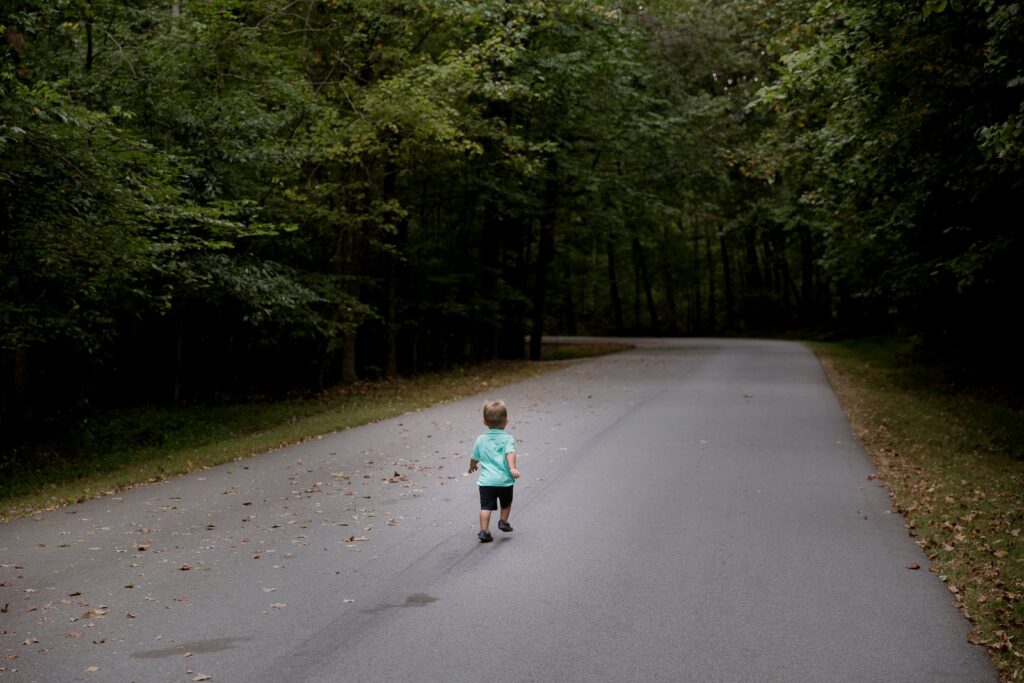
Creating a Safe Exercise Environment
Choosing Suitable Locations
When selecting exercise locations, it is important to consider factors that may trigger asthma symptoms. Avoid areas with high levels of air pollution, such as busy roads or areas near industrial facilities. Indoor exercise venues may be a better option, especially during high pollen seasons or extreme weather conditions.
Avoiding Exposure to Allergens
Allergens can trigger asthma symptoms in some individuals. It is important to identify potential allergens in the exercise environment and take appropriate measures to minimize exposure. This may include avoiding outdoor exercise during high pollen seasons, keeping indoor exercise areas free from dust and pet dander, and ensuring proper ventilation.
Ensuring Adequate Ventilation
Proper ventilation is important to maintain good air quality during exercise. Ensure that indoor exercise venues have adequate airflow and ventilation systems to reduce the concentration of pollutants or allergens in the air. Opening windows and using fans can also help improve air circulation during exercise.
Considering Weather Conditions
Extreme weather conditions can have a significant impact on asthma symptoms. Avoid exercising outdoors during extremely hot or cold temperatures, as well as during high humidity or air pollution days. Always check weather forecasts and plan exercise accordingly. If outdoor exercise is unavoidable, consider wearing a mask to filter out potential irritants.
Supervision and Emergency Preparedness
Children with asthma should always be supervised during exercise, especially when participating in sports or activities with a higher risk of triggering asthma symptoms. Make sure that teachers, coaches, and other adults responsible for the child’s safety are aware of their asthma condition and prepared to respond to an asthma attack if necessary. Keep emergency contact information readily available.

Monitoring Asthma Symptoms
Recognizing Warning Signs
Monitoring asthma symptoms is crucial during exercise to ensure the child’s safety. Educate both the child and the adults supervising the exercise on the warning signs of an asthma flare-up, such as increased coughing, wheezing, chest tightness, or shortness of breath. Promptly intervene if any symptoms worsen or become severe.
Using Peak Flow Meters
Peak flow meters can be used to measure the maximum flow of air during exhalation, providing an objective measure of lung function. Regular monitoring with a peak flow meter can help identify changes in lung function and detect early signs of worsening asthma. It is important to follow the healthcare professional’s instructions on how to use the peak flow meter correctly.
Implementing Asthma Diaries
Asthma diaries can be valuable tools for tracking symptoms and identifying triggers. Encourage the child to keep a diary of their exercise routines, symptoms experienced, and any potential triggers encountered. This information can help healthcare professionals tailor a more personalized asthma management plan.
Involving Teachers and Coaches
When children with asthma participate in physical education classes or organized sports, it is important to involve teachers and coaches in their asthma management. Provide them with relevant information about the child’s asthma, including their asthma action plan, triggers, and emergency response. Regular communication is essential to ensure the child’s safety and well-being during physical activity.
Providing Clear Communication
Open and clear communication among all parties involved is essential when it comes to monitoring asthma symptoms during exercise. Encourage children to speak up if they experience any unusual symptoms during physical activity. Likewise, adults supervising the exercise should regularly check in with the child to ensure they are feeling well and managing their asthma effectively.
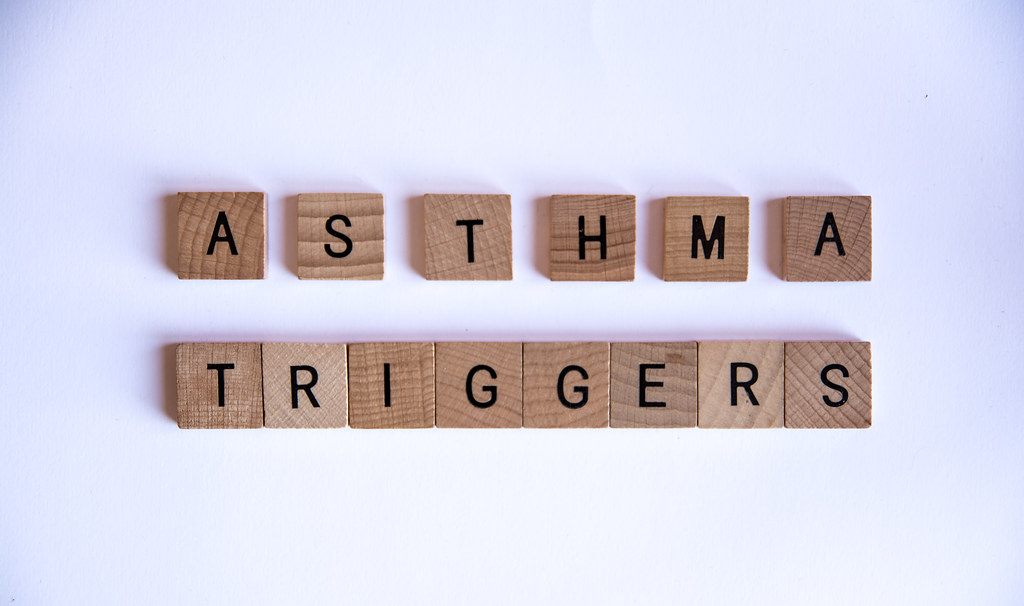
Managing Asthma Triggers
Identifying Common Triggers
Asthma triggers can vary from person to person, but some common triggers include allergens (such as pollen, dust mites, or pet dander), air pollution, cold air, exercise, and respiratory infections. Identifying the specific triggers that worsen a child’s asthma is crucial in managing their symptoms effectively.
Creating an Asthma Trigger Action Plan
Collaborate with the healthcare professional to create an asthma trigger action plan. This plan should outline specific steps to avoid or minimize exposure to triggers, both during exercise and in everyday life. It may include strategies such as avoiding outdoor exercise during high-pollen seasons, using allergy-proof bedding, and ensuring proper ventilation in living spaces.
Minimizing Exposure to Triggers
Once the triggers are identified, it is important to take proactive measures to minimize exposure. This may involve using air purifiers or filters, avoiding smoking or exposure to secondhand smoke, keeping indoor spaces clean and dust-free, and taking allergy medication as prescribed. Minimizing exposure to triggers can significantly reduce the risk of asthma symptoms during exercise.
Educating Others about Triggers
It is important to educate teachers, coaches, and other adults involved in the child’s physical activity about their specific asthma triggers. Provide them with information on common triggers and how they can help create a trigger-free environment. Encourage open communication and collaboration in managing the child’s asthma triggers.
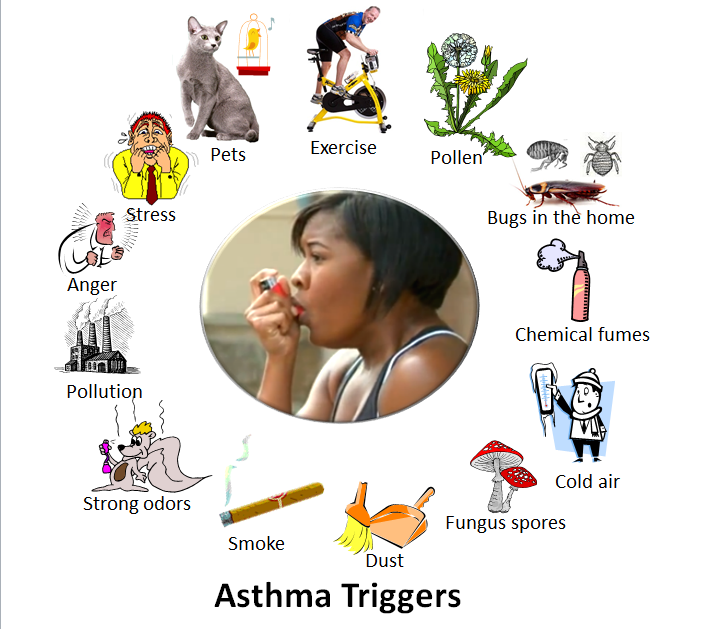
Implementing Proper Warm-up and Cool-down Routines
Importance of Warm-up Exercises
Warm-up exercises are essential for preparing the body for physical activity. For children with asthma, warm-ups help gradually increase heart rate and breathing, reducing the risk of asthma symptoms during exercise. Ensure that warm-ups include light aerobic activities, such as walking or gentle cycling, for at least 5-10 minutes.
Stretching and Flexibility Exercises
In addition to warm-up exercises, incorporating stretching and flexibility exercises can also be beneficial for children with asthma. These exercises help improve joint mobility and muscle flexibility, preventing injuries and enhancing overall performance. Include stretching exercises for major muscle groups, such as the legs, arms, and back, during warm-up and cool-down routines.
Cool-down Exercises for Asthma Control
Cool-down exercises are important for gradually bringing heart rate and breathing back to normal after physical activity. This can help prevent post-exercise bronchoconstriction, a common trigger for asthma symptoms. Cool-down exercises should include gentle movements and stretching, similar to warm-up exercises, for at least 5-10 minutes.

Ensuring Proper Hydration
Importance of Hydration for Asthmatic Children
Proper hydration is essential for everyone, including asthmatic children. Staying hydrated helps maintain lung function and respiratory health, which can improve exercise performance and overall well-being. Hydration also helps thin mucus secretions, making it easier for children with asthma to breathe.
Guidelines for Fluid Intake Before, During, and After Exercise
Proper fluid intake is important before, during, and after exercise to prevent dehydration. Encourage children with asthma to drink water or other suitable fluids regularly throughout the day, not just during exercise. A good guideline is to drink about 5-10 ounces of fluid every 20 minutes during exercise, depending on the intensity and duration of the activity.
Choosing Suitable Fluids
When it comes to fluid choices, water is the best option for staying hydrated. It is important to avoid sugary drinks, as they can potentially worsen asthma symptoms or trigger other health issues. If the child prefers flavored beverages, opt for natural fruit juices diluted with water or flavored water without added sugars.
Encouraging Regular Hydration Breaks
During exercise, encourage children to take regular hydration breaks. This not only helps prevent dehydration but also provides an opportunity to rest and monitor asthma symptoms. Remind them to listen to their body and drink fluids whenever they feel thirsty or their mouth feels dry. Make drinking water a habit throughout the day, even when not participating in exercise.
In conclusion, exercise is an important aspect of promoting the health and well-being of children with asthma. By understanding asthma, consulting healthcare professionals, choosing appropriate exercises, preparing adequately, creating a safe exercise environment, monitoring symptoms, managing triggers, implementing warm-up and cool-down routines, using medications as prescribed, and ensuring proper hydration, children with asthma can safely participate in physical activity and reap the benefits of regular exercise. It is important to empower these children to lead active lifestyles while providing the necessary support and guidance to manage their asthma effectively.
